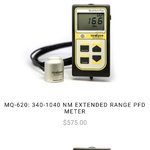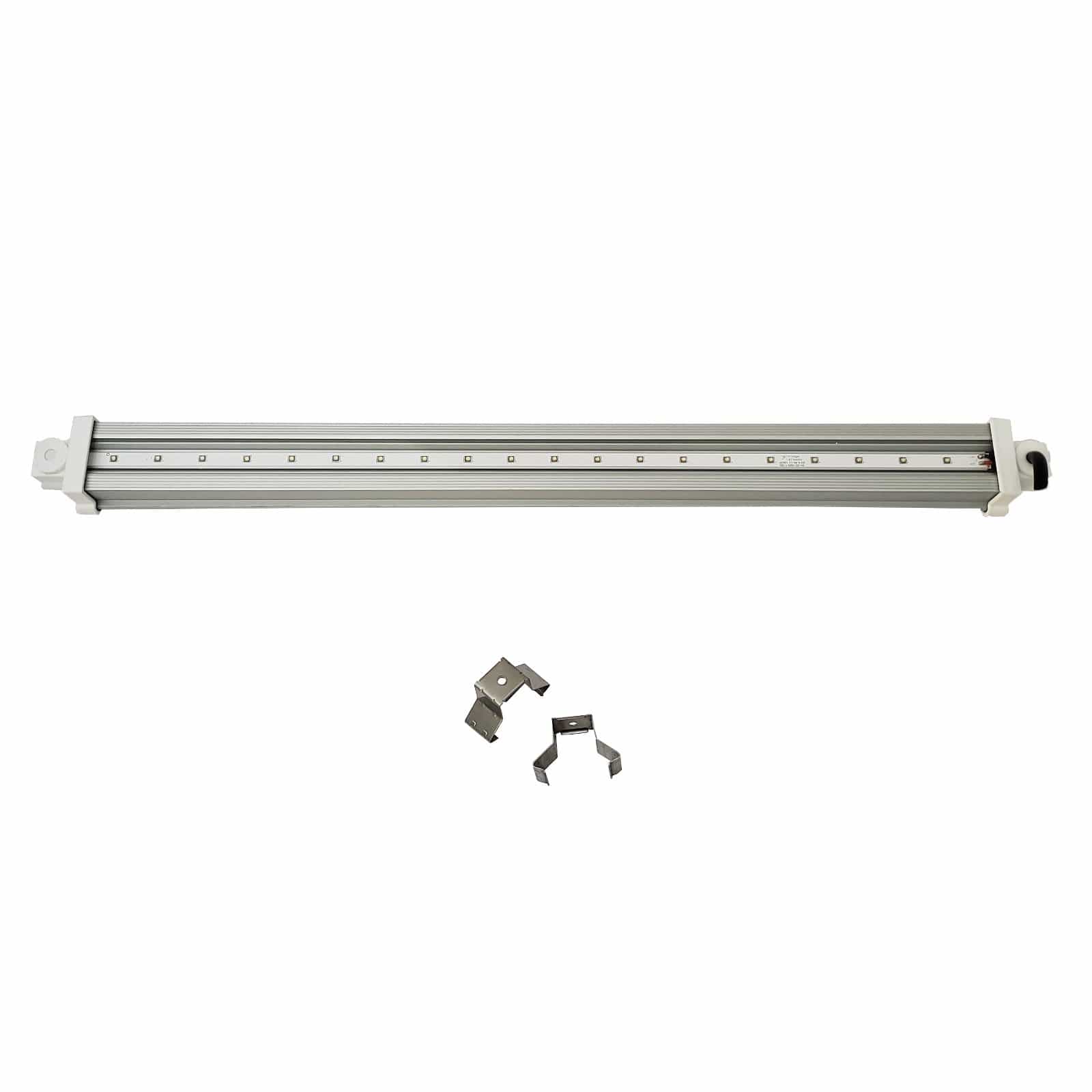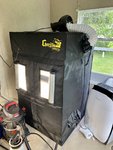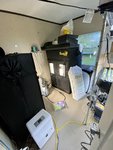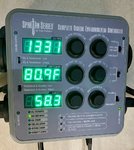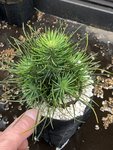It's hard for me to say what your best option is. These things are not waste of money or novelty toys. If they have proper LEDs, and they should, they will produce ample light. And plants grow really well on artificial light. Even just the red & blue LEDs. And your plants are near a window as well. So it is more a question of what is the best for you. Are you buying too much light or too little? Or should the spectrum be different?
But this product lacks the key specs to properly evaluate a LED light. It says it is 80 w, but it does not mention the draw power. Or the PAR value, or the micromole per joule. So they know what LEDs they put in. Say it is 8 LEDs of 10 watt (it isn't, but as an example). They will not run these at 10 watt, because reasons. So maybe they run at 6 watt. And your actual power draw is 48 watt. So then that 80 watt number is already a bit misleading. And then what matters is how much photosynthetically usable light it produces over how large an area. If you know what you are doing with LEDs, and I don't. You know how much light you need on a certain area for a plant to grow properly. To the LED manufacturer will produce a surface chart and that will tell you, say I put my lamp at 1 meter height, then it will give this much photosynthetic flux to the plant when placed at that spot below the lamp (directly beneath it, or away from the center). One like this:
The lamp you listed has none of this info. So we don't know how much light your lamp produces. And for you to determine if you want to buy this lamp you ideally want to know how much photosynthetically relevant light you are adding on top of your window. So you know you pay 29 dollars to double the amount of light you already had. Or 29 dollars to add 10% more. Or something in between. I can't tell you. You also don't know from their specs how large an area you can cover and supply sufficient light for. If they did, then you know exactly what you are paying for. I mean technically, that LED lamp could produce 100% heat and no light, and it will still meet the 80 watt specification listed.
There are also many similar products on amazon, with also many reviews 4 or 5 stars. So one question you would have is if it is worth it to pay 5 more dollars and get one with white LEDs instead. I don't really know how to help you answer that question.


